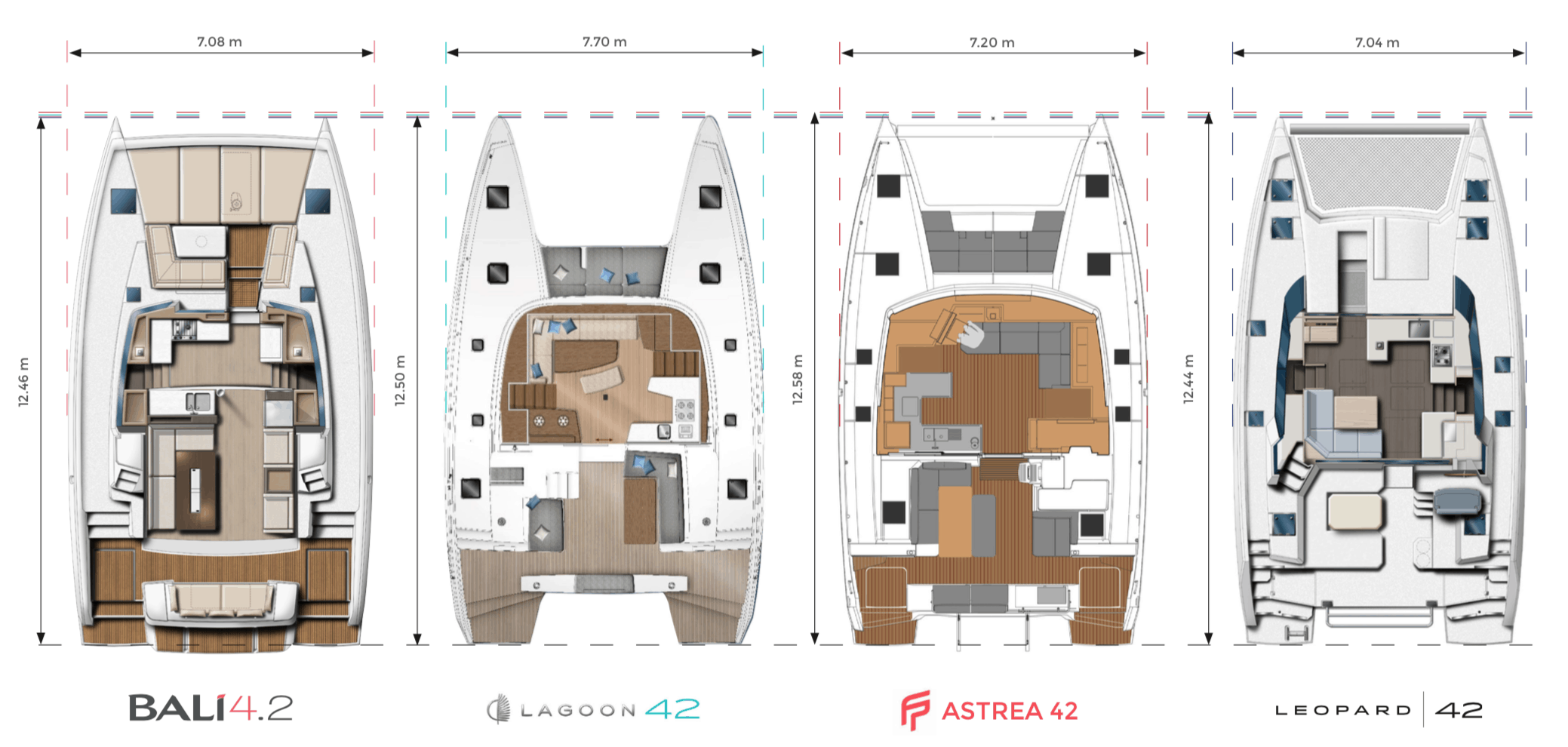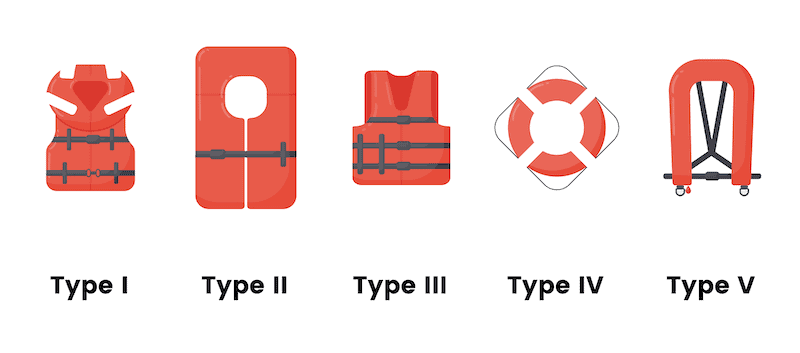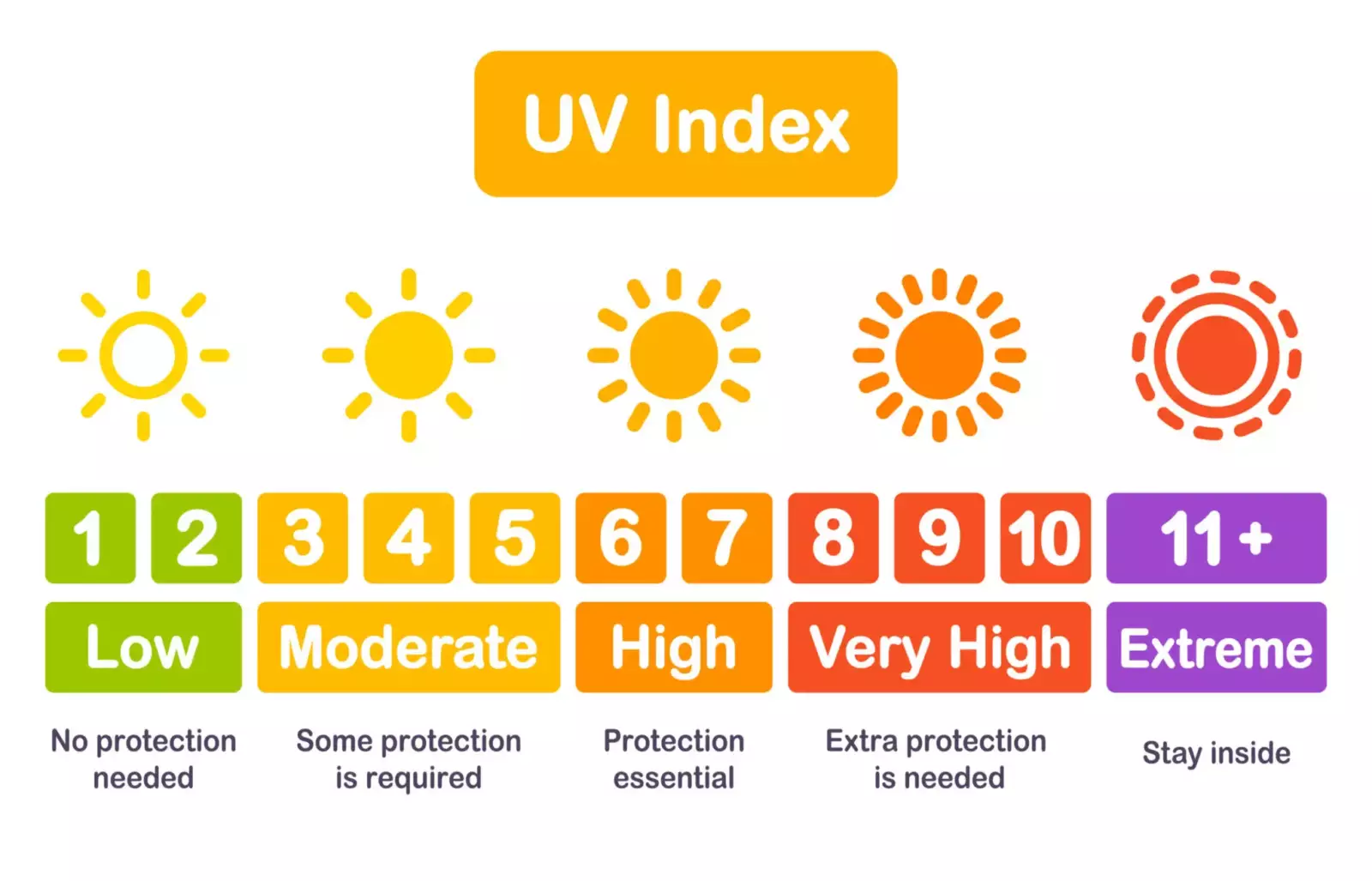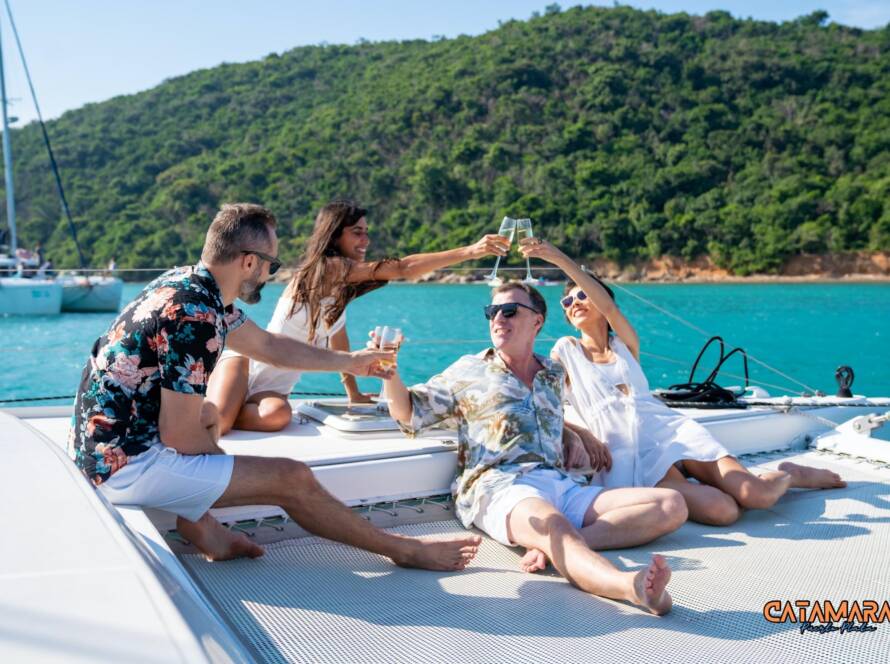Boating Safety
Boating safety is a very important topic we want to share with our customers, in order to enjoy the charter to the max and still keep it safe. The main considerations for adults boarding a catamaran or yacht is to know that in some cases boarding takes place in a beach instead of a marina, so it takes getting barefoot into a fast boat that will in turn take customers into the docked vessels within minutes.
This type of boarding limits access to those with mobility requirements, specially during the transfer from the fast boat to the catamaran or yacht. Once in the catamaran please use the grab bars and railings to move about, always maintain your footing.
Catamaran Configuration
The boats are always safe as long as you are within the normal limits of its design: sitting on the deck, vanity chairs, trampoline, rear dinette, salon, bathrooms and interior rooms. Children must be supervised and wear life vests at all times during the charter; also parents are responsible to care for them during the whole trip.

Non Swimmers
Those who can not swim well should consider wearing a life jacket, though the crew will intervene immediately if a man overboard situation is present. The catamarans all include life vests that will allow everyone to float while snorkeling, pretty convenient. In Some cases everyone in the water must wear a floating vest if regulations require it. Never stage a swim learning scenario in a boat charter, use the shallow beach shore instead, or a swimming pool.
Weather Conditions
Weather is the key boating safety metric that makes or break a charter. It can be perfect with calm waters, choppy to the point of cancellation, or nice enough to warrant a fine tour that allows normal chartering for everyone. Checking the weather report the day of the charter will tell you if the conditions are good or bad that day. Puerto Plata Catamaran has a cancellation policy that fully refunds the customer if the weather conditions turn foul on the charter day. In Some cases the tour time or date can be adjusted accordingly.
Life Jackets
Personal Flotation Devices (PFDs) are key to ensuring safety in an ocean environment. Puerto Plata catamaran charters mostly use type III and IV, and is good to know the differences:
- Type I jackets offer the greatest buoyancy (over 20 pounds) and are designed primarily for offshore use. They’re bulky to wear but have the distinct advantage of turning an unconscious person face up in the water.
- Type II jackets are likewise designed to turn an unconscious person face up in the water. They offer a minimum 15.5 pounds of buoyancy and are typically chosen for nearshore boating excursions. Though not exactly fashionable, their inexpensive price and often simple construction make Type II life jackets a longstanding favorite for boaters looking to satisfy U.S. Coast Guard safety requirements.
- Type III jackets likewise offer 15.5 pounds of buoyancy. Often referred to as “ski vests,” their comfortable, formfitting style makes them an excellent choice for water sports as well as general passenger use. Type III jackets typically feature a front entry and buckle, or buckle-and-zipper closure. The catch with Type III jackets is that they are designed for conscious wearers with an imminent chance of rescue; a Type III jacket is not guaranteed to turn an unconscious wearer face up in the water. Type IV personal flotation devices are designated as “throwables,” and typically take the shape of a ring or flat cushion that can be thrown to a person who lands unexpectedly in the water.
- Type IV PFDs are designed to be held onto, rather than worn, by the user. They offer a minimum 16.5 pounds of buoyancy. Tip? Though some might look the part, don’t use a designated throwable as a seat cushion. Over time, the practice will degrade the foam and reduce the amount of flotation.
- Type V jackets are special-use PFDs, often combined into flotation coats, whitewater rafting vests, even sailboard harnesses. They should be used only for their intended purpose.

Food & Drinks
Food is a great way to ensure you can have the energy to enjoy water activities, and just know that if you eat too much, or get into the water too quickly you may end up with some stomach cramping or a muscle cramp, but this is not a dangerous activity to routinely enjoy. The video below explained by Dr. Michael Boniface sheds light on the old advice of not getting into the water right after a meal. Alcohol intake has the opposite effect, it drains the energy from your muscles; those who drink a lot of heavy alcohol must know they will have less energy to swim and must be watched by those not drinking.
Hydration
Try to stay as hydrated as possible when on a charter, remember the ocean, salt and sun will take a toll. Drinking beer is often considered better than scotch because beer has a higher water content; we recommend mixers to lighten up the alcohol intake. Spirits, dark liquor and wine are the worse dehydrators, and food and water intake can help deal with it. Boating safety precaution number one is, of course, proper hydration.
Motion Sickness
Motion sickness is common when boating, specially new passengers not used to the sea conditions. As we move through space, multiple sensors in our middle ear, limbs and eyes feed information to our balance centre in our brains to orientate us. It’s when these sources of information are in apparent conflict that we may experience motion sickness. Boating safety does depend on how healthy you are during the trip, so keep reading.
Catamarans have a better handling of ocean motion because of their double hull configuration, yet some people would be better off taking a Dramamine pill 30 minutes before the trip – it offsets motion sickness. If you notice someone with nausea, dizziness, headache or vomiting have them take a gust of fresh air and fix their gaze on the horizon. If it gets really bad take them to shore in a fast boat provided by the captain. Some tips from the Dramamine Pill website:
- Stick to the middle. Whether on a cruise ship, a jetliner or a sailboat—the middle of the vessel tends to be the steadiest. Stay mid-boat at sea or reserve a seat over the wings when flying to avoid too many nauseating ups and downs.
- Steer clear of fumes. Some boats in particular seem to chug out a stinky exhaust that can make a seagoer go from slightly queasy to all-out nauseated.
- Stay hydrated. When traveling with your best buds, there may be some drinking involved. Toast your besties with a glass of bubbly ginger ale or stick to bottled water on your Catamaran tour or hot ballooning escapade. Avoid alcohol, which can increase dehydration and nausea.
- Always bring Dramamine® with you. You may not think you’ll need it but you don’t want to be caught in the air, on the water, or on the road without this nausea-minimizing miracle worker.
Sunglare & Skin Care
UV light in the ocean gets reflected, thus hurting the eyes twice as bad as in land. Having a pair of sunglasses is a big must if you care for your vision, so wear certified ones whenever possible. Wide brimmed hats and caps add an extra layer of protection, specially to your face and neck; applying sunscreen lotion with a proper UV factor goes a long way in terms of protecting you from skin damage and sunburn. The UV factor chart below can help you understand the level of protection needed before buying sun screen cream. Anything between 15-50 SPF can do the job, creams that offer both UVA and UVB protection are even better.

Sources:


1 Comment
Comments are closed.